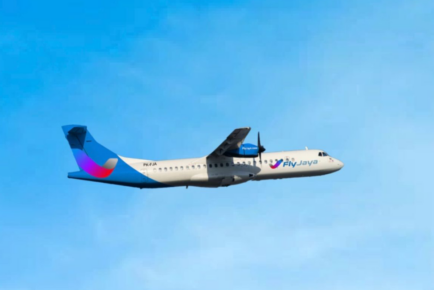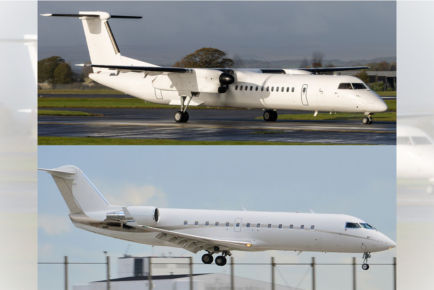
India’s aviation sector is thriving. No other country in the world ordered more aircraft during 2023, with Indian airlines spending billions on close to 1,000 new jets. This surge highlights the strength of the commercial aviation market and demonstrates significant growth potential for the business aviation sector.
The nation is currently the busiest Asian market for business jet activity, with WingX data showing movements in 2023 are up 21% compared to 2022. The report also shows 2023 business aviation flying levels are down 4% on 2022 globally, so India’s growth is bucking the trend. At Jetcraft, we’ve seen rising demand from prospective buyers in India, with midsize and large aircraft types the most popular.
There are still challenges to overcome in the country, but with the right investment in infrastructure and a new approach to regulation, India is poised to become a new growth engine for aviation.
Market drivers
Typically, aviation sector development correlates with an increase in GDP, which in India is projected to be 5.5% per year over the next 20 years, according to the Organization for Economic Cooperation and Development.
Additionally, the number of ‘super rich’ households in India is forecast to rise by five times to 9.1 million households by 2030, according to a report from People Research on India’s Consumer Economy (PRICE), which will introduce a new wave of business aviation users over the next several years. There’s also increased optimism about the country’s economic situation. A report from Asian Sky Group (ASG) found that only 6% of Indian respondents believed economic conditions would worsen in the third quarter of 2023.
Companies are already responding to this promising landscape. We’ve seen huge order numbers from airlines, which has driven the economic prosperity of the region. Due to this, start-ups in business aviation are seeking to capitalize on previously untapped demand for exclusive experiences. For example, EaseMyTrip is hoping to increase its air charter business, having acquired an operator and aircraft management company, Nutana Aviation Capital, in late 2022.
Realizing the potential
While these developments demonstrate the significant opportunity within Indian aviation, it should be noted this has remained untapped for some time.
As the country with the world’s largest population, India could become aviation’s new China, with huge ambitions for the sector, but not yet fulfilled. There are also signs that India is the market with the momentum, with ASG data showing the country’s business jet fleet grew 7% in 2022.
However, like China, India faces infrastructure constraints, which the Indian government is already taking steps to address, having pledged to invest $12bn by 2025 on modernizing airports and constructing new ones. This compares favorably with the $6.75bn the EU spent on airport infrastructure from 2000 to 2013.
There are also challenges around a lack of skilled labor, which could be addressed through dedicated skills programs. An easing of regulations and reduction in fuel taxes could also encourage growth by generating more favorable business conditions.
The value of expertise
While India is aviation’s rising star, there is still a complex landscape to navigate.
This is where Jetcraft’s local expertise is valuable. Understanding the nuances of the market – and being able to give ‘boots on the ground’ insight – allows us to empower buyers as economies shift and grow.
Ultimately, while we continue to review whether India will become aviation’s new China, we are confident in the opportunities, and Jetcraft remains on hand to support clients with their business aircraft sales, trades and acquisitions.
SIGN UP FOR OUR MONTHLY JETSTREAM RECAP
Don't miss future Jetstream articles. Sign up for our Jetcraft News mailing list to receive a monthly eblast with links to our latest articles. Click to join the 1,800+ subscribers on our mailing list.






